Introduction
As the annual wave of flagship “Ultra” smartphone launches begins, brands like Honor, Xiaomi, Samsung, and OPPO have already unveiled their latest imaging powerhouses. These devices promise groundbreaking camera capabilities, yet they face a paradox: while praised for innovation, they often struggle with sales. Historically, Ultra models have been criticized for their high prices, bulky designs, and oversized camera modules—issues that clash with modern demands for sleek, portable devices. However, manufacturers are now exploring a new solution to this dilemma: external lenses. This article explores why Ultra models face challenges, how brands are adapting, and what the future holds for smartphone photography.
1. Why Ultra Models Struggle to Sell
Despite their advanced imaging features, Ultra smartphones often fail to win over mainstream consumers. Here are the key reasons:
1.1 High Price Tags
Ultra models typically start at $1,000 or more, placing them out of reach for budget-conscious buyers. For example, the Vivo X200 Ultra’s Photographer Kit bundle costs $1,329, limiting its appeal to professionals or enthusiasts.
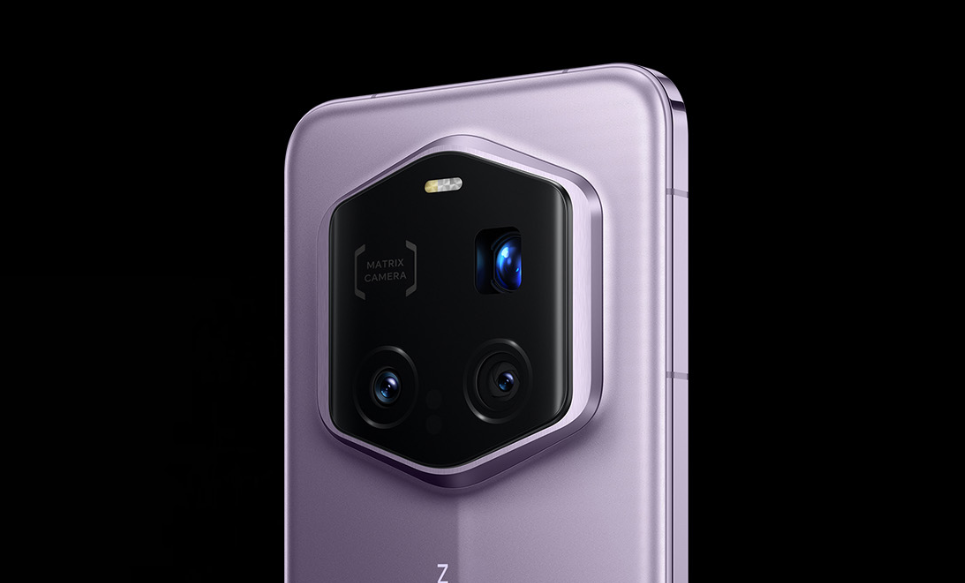
1.2 Camera-First Design Compromises
While photographers appreciate high-end specs, average users prioritize battery life, screen quality, or ergonomics. Ultra models often sacrifice these for larger sensors and lenses, making them less appealing as daily drivers.
1.3 Bulky Builds and Awkward Handling
To accommodate advanced cameras, Ultra phones like the Xiaomi 15 Ultra feature massive camera bumps that add weight (over 230g) and thickness. This design leads to discomfort during prolonged use and incompatibility with wireless chargers or slim cases.
2. The External Lens Solution
To address these issues, brands are turning to modular lens systems. These attachable lenses enhance imaging without permanently increasing device size.
2.1 Xiaomi’s Modular Optical System
At MWC 2025, Xiaomi showcased a concept phone with a magnetic, detachable 35mm f/1.4 lens housing a 100MP Micro Four Thirds sensor. The lens connects via pogo pins for power and uses LaserLink (10Gbps data transfer) for seamless integration with the phone’s camera app. This system allows users to add professional-grade optics only when needed, keeping the phone slim otherwise.
2.2 Vivo’s Photographer Kit
Vivo’s X200 Ultra supports a Zeiss 2.35x telephoto converter lens, boosting its 85mm telephoto camera to 8.7x optical zoom. The kit includes a grip with a dedicated shutter button, battery pack, and ergonomic controls, transforming the phone into a hybrid camera-device.
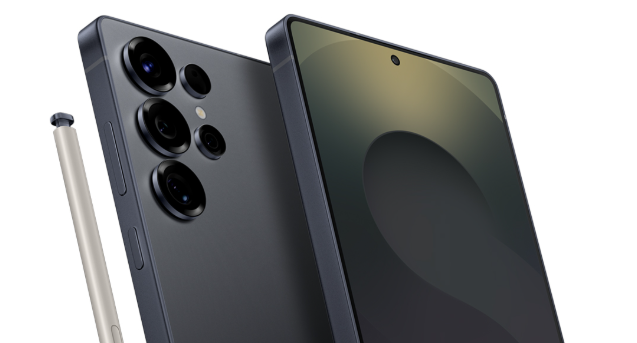
2.3 Realme’s Interchangeable Lens Concept
Realme’s prototype features a Sony 1-inch sensor and two swappable lenses: a 73mm f/1.4 portrait lens and a 234mm f/1.5 telephoto. The modular design uses a bayonet mount for quick lens changes, offering DSLR-like versatility.
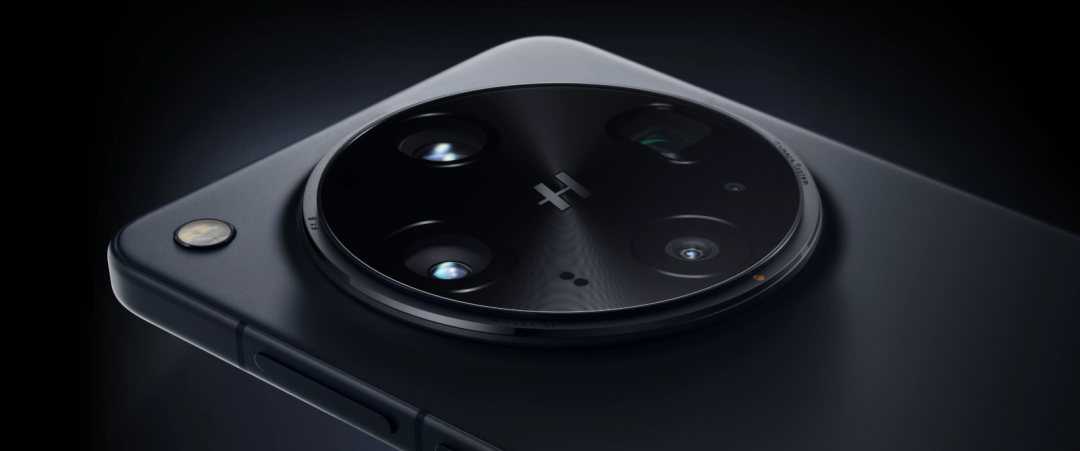
3. Will External Lenses Replace Ultra Models?
For now, Ultra phones remain relevant. Here’s why:
3.1 Built-In Imaging Foundations
Ultra models like the Samsung Galaxy S25 Ultra include 200MP main sensors and periscope zooms that serve as a baseline for external lenses. These devices also feature specialized hardware, such as vapor chambers for heat dissipation during 8K recording, which mid-range phones lack.
3.2 Niche Market Appeal
External lenses target professionals willing to pay premium prices (e.g., Xiaomi’s modular lens could cost $300+). Mainstream users still prefer all-in-one devices, ensuring Ultra models retain their flagship status.
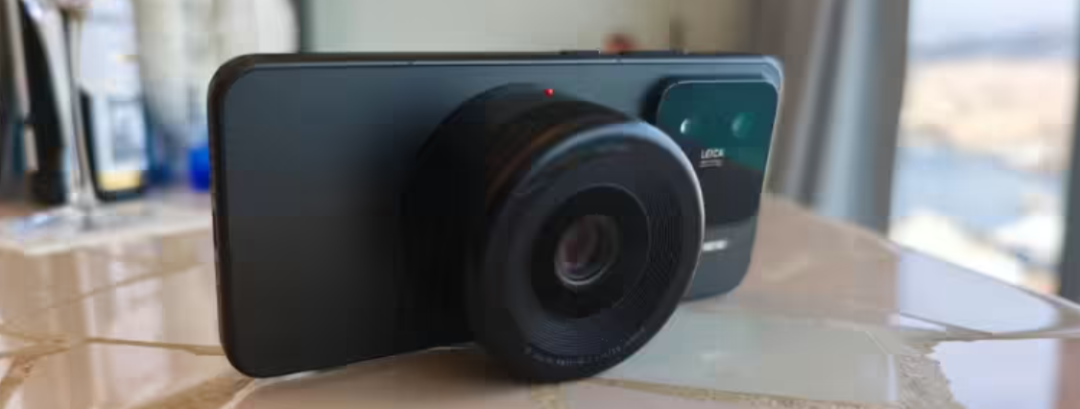
3.3 Technical Limitations
Current modular systems face challenges:
- Compatibility: Lenses require precise alignment and proprietary mounts (e.g., Xiaomi’s LaserLink).
- Portability: Users must carry extra gear, negating the convenience of smartphones.
- Case Interference: Most cases block magnetic or pin-based connections.

4. The Future of Smartphone Cameras
What does the future hold for smartphone photography? Let’s explore some emerging trends:
4.1 Thinner Designs with Folded Zoom Tech
Samsung’s ALoP (All Lenses on Prism) technology reduces module size by placing lenses horizontally on a prism. This innovation allows brighter apertures (e.g., f/2.0) without increasing phone thickness, addressing both bulk and low-light performance.
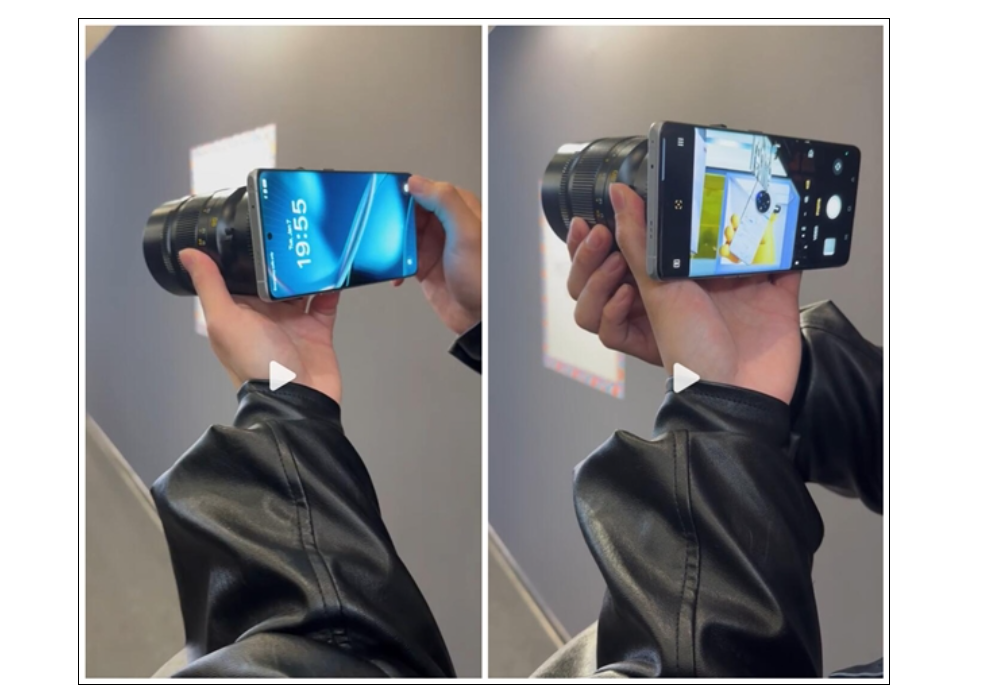
4.2 AI and Computational Enhancements
Phones like the Google Pixel 9 Pro use AI to enhance zoom quality and reduce noise. Future external lenses could leverage on-device AI for real-time depth mapping or subject tracking.
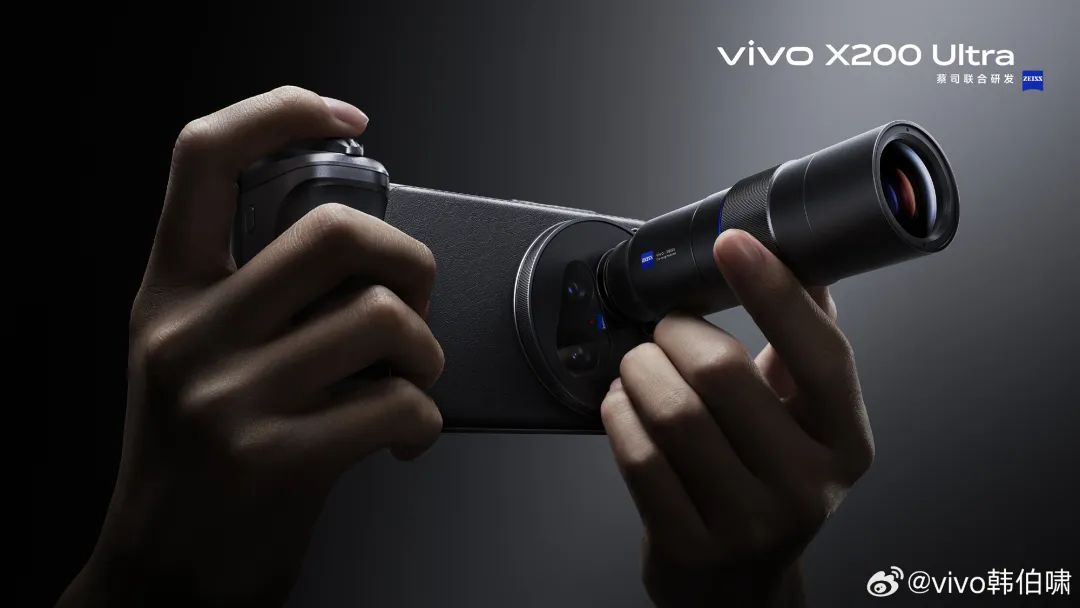
4.3 Ecosystem Integration
Xiaomi envisions its modular system supporting accessories beyond lenses, such as game controllers or power banks. This approach mirrors Apple’s MagSafe but with faster data transfer and broader utility.
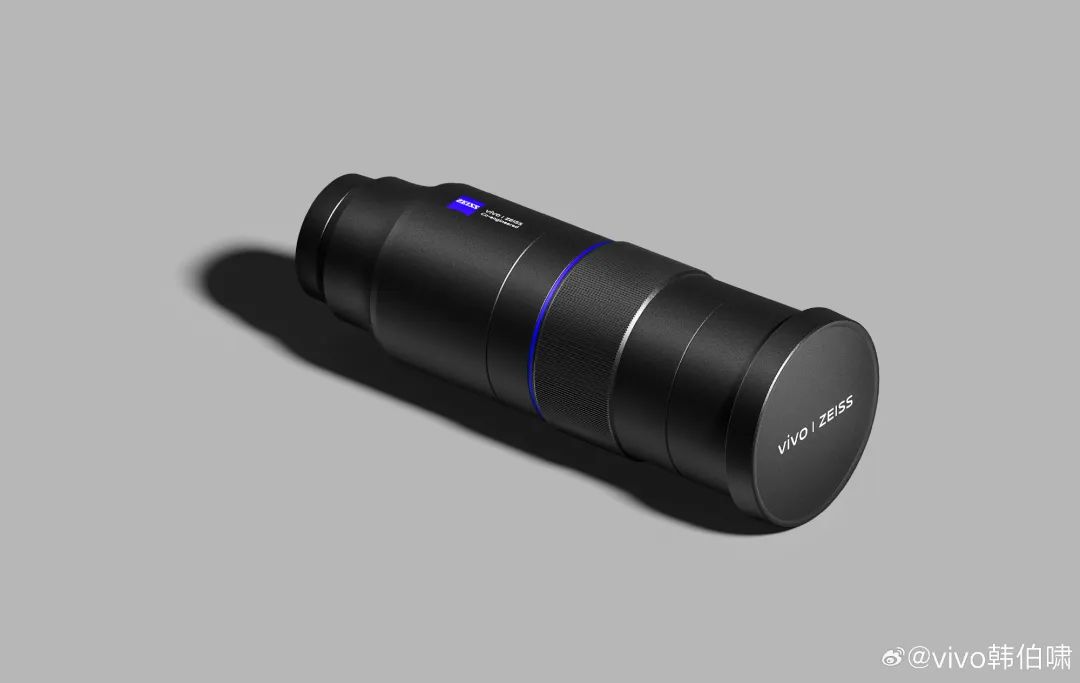
Conclusion
The smartphone camera race is entering a new phase where modularity and specialization coexist. While Ultra models will continue to push imaging boundaries, external lenses offer a compromise for users seeking flexibility without sacrificing portability. As brands refine these systems—and address cost and compatibility issues—the dream of a pocket-sized professional camera may finally become reality.
For now, enthusiasts should keep an eye on Xiaomi, Vivo, and Samsung, whose innovations are shaping the next decade of mobile photography.

